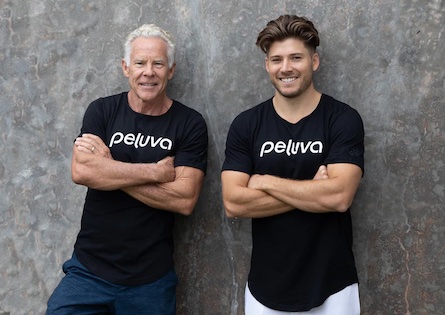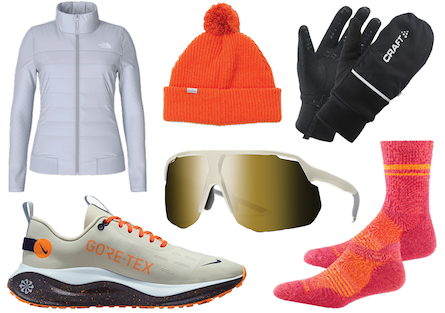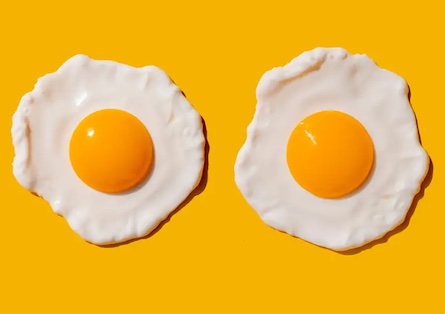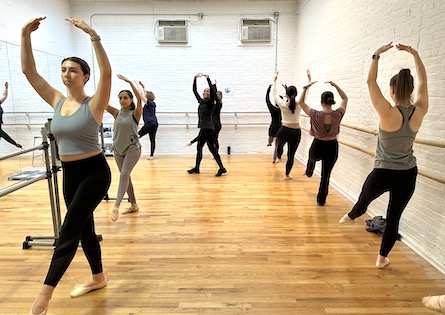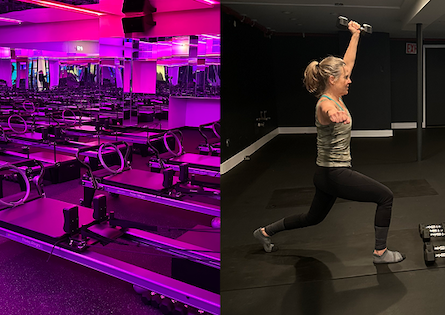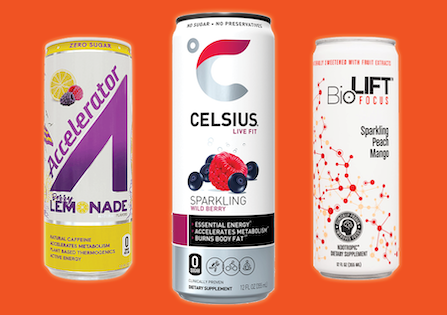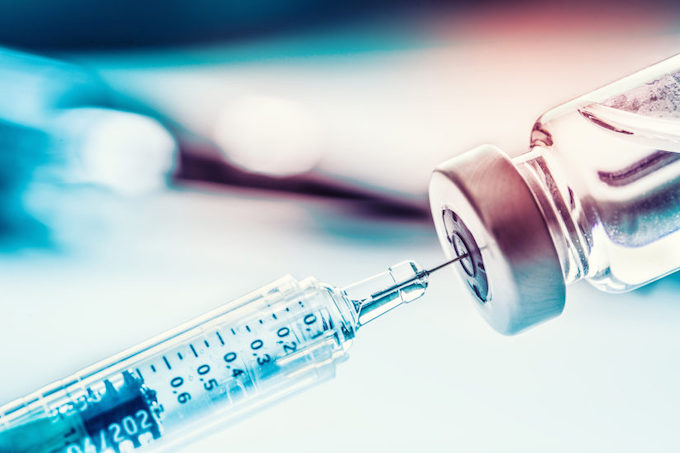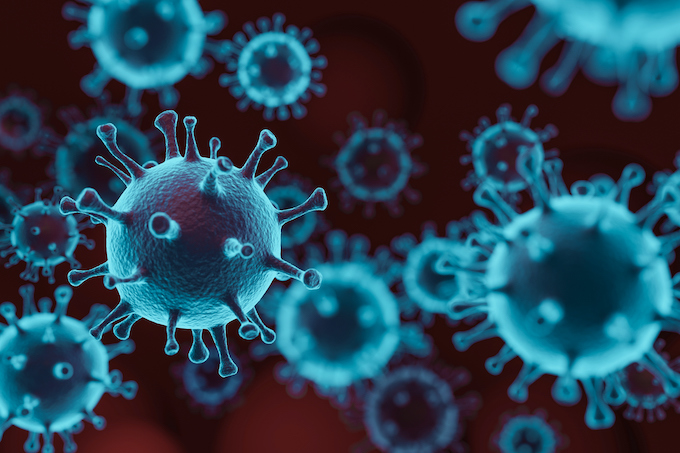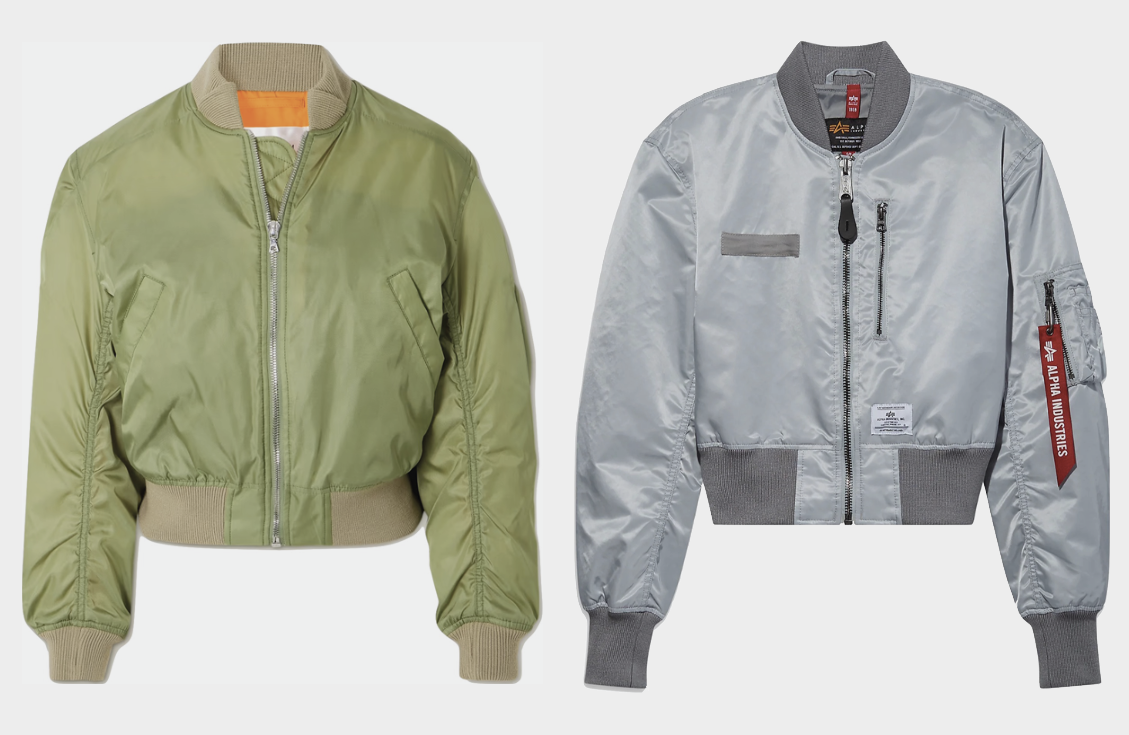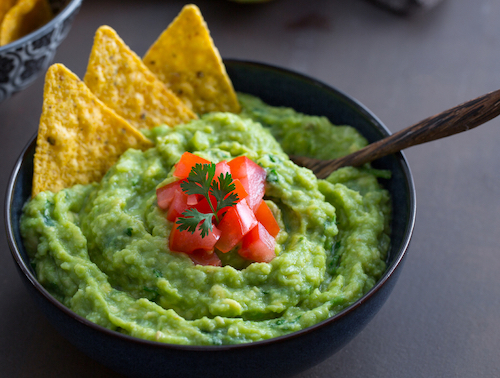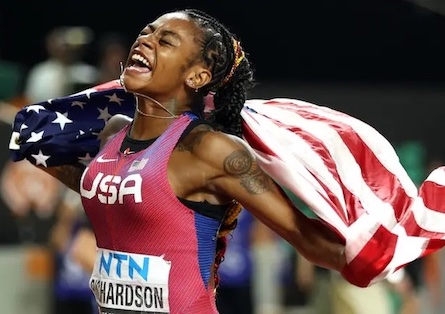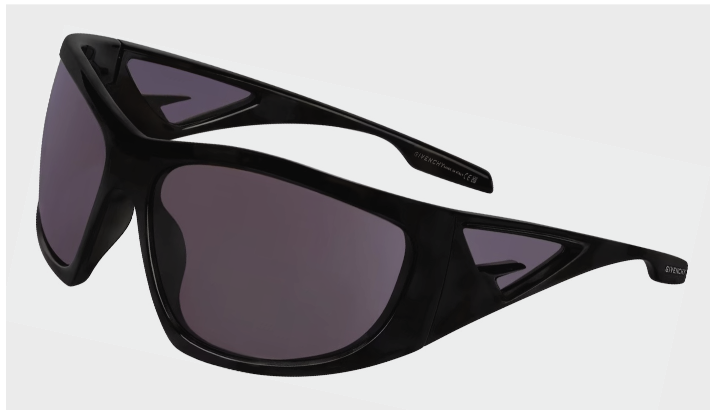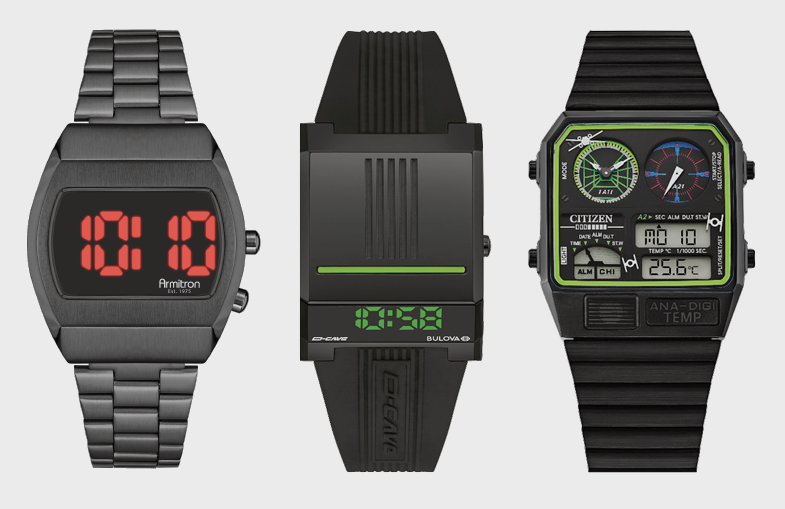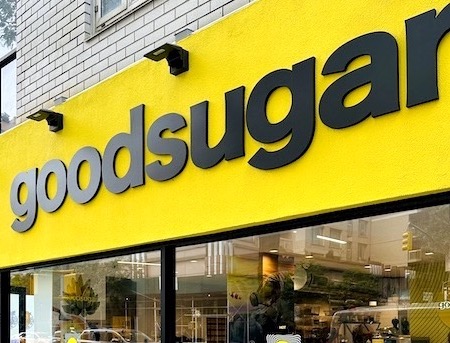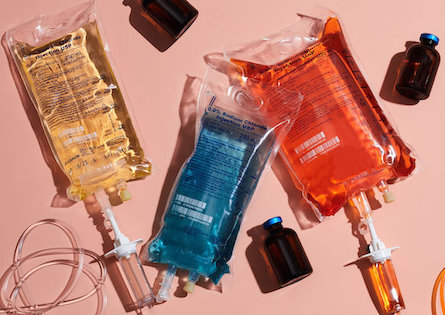Johnson & Johnson’s Covid-19 vaccine was just cleared for emergency use by the FDA, bringing the total to three vaccines, alongside Moderna and Pfizer BioNTech, that are now available in the US. Though the numbers might appear as if it is less effective, this Johnson & Johnson vaccine might be the one that many of us have been waiting for. Thus far we have not been given a choice between the two available vaccines and it is unclear whether that will continue to be the case with three in the mix. Dr. Anthony Fauci and the CDC all agree the best vaccine is the one available to you.
We turned to Dr. Richard Firshein of the Firshein Medical Center to guide us through the three vaccines. Dr. Firshein is one of the leading authorities and practitioners of integrative medicine, and our go-to expert for the most cutting edge medical news and information.
What are the basic differences between the three vaccines?
The three vaccines really fall into two categories: Pfizer and Moderna in one category, and Johnson & Johnson in the other. There are basic differences between the two categories. Pfizer and Moderna require 2 doses and subzero refrigeration for storage, while Johnson & Johnson requires just 1 dose and can be stored at temperatures similar to any other vaccine. Those two differences in themselves make the Johnson & Johnson vaccine far easier to distribute and get into people’s arms… the primary goal of all three.
How do they compare in efficacy?
If you just look at the numbers, it appears as if the Pfizer and Moderna vaccines are more effective at preventing infection than Johnson & Johnson, but when it comes to the two categories you are comparing apples to oranges. The Pfizer and Moderna shots were tested before strains like the UK, Brazilian, and South African began to appear, which various studies have indicated somewhat elude the vaccines. What’s most important to look at is the effectiveness in preventing severe disease — in other words what puts you in the ICU, on a ventilator, or causes death. The efficacy in that category has Moderna in the lead with 100%, Johnson & Johnson behind it with 85.4%, followed by Pfizer at 75%. Johnson & Johnson has been 100% effective in preventing death.
How to do these vaccines actually work?
All three vaccines have been developed using completely revolutionary technology and represent ground-breaking approaches in vaccination. The way other vaccines have traditionally worked, for example measles and polio, is the patient is inoculated with weakened or inactivated versions of the virus. This triggers the immune system to produce specialized antibodies that are adapted to recognize the virus. The Pfizer and Moderna vaccines bypass that process. They are built on a platform called messenger RNA that instructs your body to make the antibodies, not wait for it to do so.
(The Wall Street Journal)
A bit of genetic code is imprinted on the messenger RNA as a set of instructions, which when injected cause the body’s own cells to create the spike proteins that are the distinguishing feature of the coronavirus. Once these new spike proteins are manufactured, the body starts building the antibodies that the messenger RNA instructed it to make. Your body mobilizes its immune defenses, and now when you’re exposed to the coronavirus spike protein it will attack and neutralize it. This new approach is an incredibly fast and efficient way to do this business.
Is this the future of all vaccine development?
Yes for Pfizer and Moderna because they have the technology. Not everybody does and not everyone is going to share it because it’s proprietary. Moderna has been working on it for over 10 years and by chance this virus came along. Within a week of this coronavirus being identified, they were able to make a snippet of this messenger RNA. Then they just needed to figure out how to package that snippet. When you inject the entire virus, it’s already contained within its own infrastructure. When you’re just injecting a piece or an instruction manual, you need figure out how to get it into a cell. What they did is create a lipid nanoparticle sack that surrounds this messenger RNA and the whole package is injected. The lipid sack needs to be kept ultracold or it breaks down, which is why the Moderna and Pfizer vaccines require such extreme refrigeration.
If Johnson & Johnson does not have this new technology, how does it work?
Johnson & Johnson is a little more traditional, although still very sophisticated and revolutionary. It still uses a genetic instruction manual, but instead of a lipid sack, it’s encased in an adenovirus. An adenovirus is a common virus the body is familiar with like pink eye. The genetic material of the Covid-19 virus within the adenovirus and injected signaling the body to produce those spike proteins and antibodies as the Pfizer and Moderna vaccines do.
The technical feat with the Johnson & Johnson vaccine was how they put a virus in a virus. It’s a Trojan Horse mechanism which they developed against the Ebola virus. The nice advantage here is an adenovirus case doesn’t require the same sub-zero refrigeration as the lipid sack.
How do these vaccines compare when it comes to the new variants and strains of coronavirus?
Unfortunately, there are new strains popping up every day: South American, Brazilian, UK, South African. The recent surge in California was most likely a specific strain. The big issue around the South African variant is that it appears to be able to evade the normal mechanism in terms of how these vaccines identify the spike proteins, reducing their effectiveness considerably. These new strains are almost like new viruses. They spread very quickly and it’s possible you can get the vaccine and the benefits are minimized because now it’s a different virus. The longer it takes for us to vaccinate everyone, the better this virus gets at mutating and evading our body’s immune response.
These coronaviruses are so insidious. They are programmed to survive like no other creature on earth. Unlike the deadly Ebola virus which kills people before it can spread, and we can isolate those infected, this virus is very slippery. It’s not making that mistake. It infects a number of people who are asymptomatic so they don’t know they have it and it can spread. And then there are these superspreaders and you never know who they are. You’re symptomatic when the virus is less transmissible, but the virus is most transmissible before you get symptoms.
Do you think we will at some point be able to choose which vaccine we get?
While any of these vaccines provide substantial protection there are specific differences. If you are someone who is in a lower risk group, Johnson & Johnson might be perfect for you, while those with increased risk profiles might want the vaccine with more protective benefits. But there are potentially more side effects with the Moderna and Pfizer vaccines which can be significant for some people.
We should be strategizing more on who gets what. How vulnerable are you? Can you wait? Save the vaccine that’s 94% effective for people you’re worried about seeing in the ICU. And those are the people most likely to infect you. The Pfizer and Moderna vaccine are kind of a waste on people who don’t really need that level of protection and it’s such a more complicated process. Maybe you don’t even need two doses if you already have the antibodies.
Pop the Johnson & Johnson vaccine into as many arms as possible. That vaccine is enough to suppress a lot of problems. It’s one shot and done. You don’t have to refrigerate it. I can carry it, walk around, take it anywhere, and just start vaccinating people. Artificial barriers are slowing down that process when the goal should just be to inoculate as many people as possible. That’s the bottom line.
Click for more from Dr. Richard Firshein
